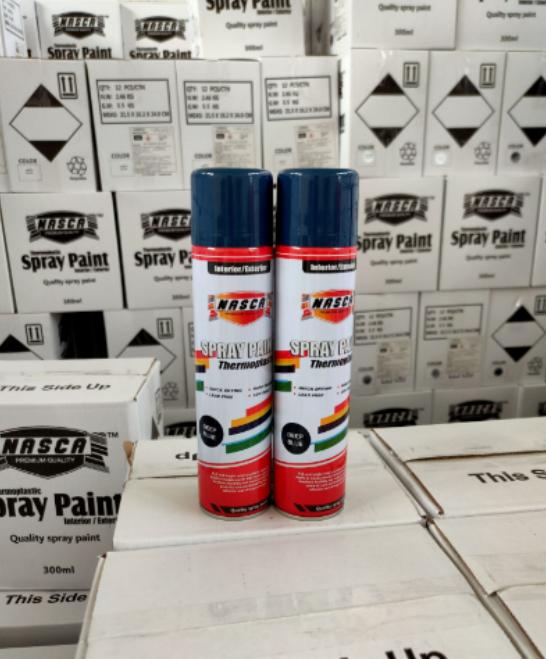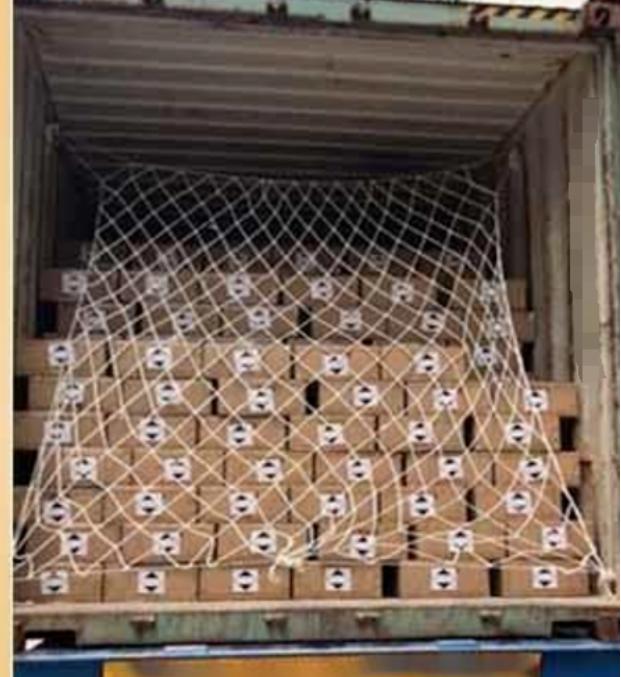- English
- Afrikaans
- שפה עברית
- icelandic
- беларускі
- Hrvatski
- Монгол хэл
- Somali
- Тоҷикӣ
- O'zbek
- Հայերեն
- Español
- Português
- русский
- Français
- 日本語
- Deutsch
- tiếng Việt
- Italiano
- Nederlands
- ภาษาไทย
- Polski
- 한국어
- Svenska
- magyar
- Malay
- বাংলা ভাষার
- Dansk
- Suomi
- हिन्दी
- Pilipino
- Türkçe
- العربية
- Indonesia
- Norsk
- تمل
- český
- ελληνικά
- український
- فارسی
- नेपाली
- Burmese
- български
- ລາວ
- Latine
- Azərbaycan
- Slovenský jazyk
- Română
- Slovenski
- Srpski језик
How can aerosol cosmetics/Category 2 Dangerous Goods be exported?
2025-01-10
Aerosol refers to containing the material and the appropriate spray agent is packed together with a special valve system in a pressure container, usually aluminum or iron cans, using the pressure of the spray agent to spray the contents in a fog, aerosol cosmetics in our daily life everywhere, such as shaving foam/gel, bath foam/gel, sunscreen spray, body spray and so on. Aerosol may be flammable due to the pressure gas contained in it, so in the transportation process, aerosol also has the risk of explosion, flammability and so on.

1. Wilson has a stable and reliable freight forwarder as the transportation channel, and it is concluded that the following matters should be paid attention to during transportation of aerosol :
2. Marking and packaging requirements : Aerosol must be marked with the internationally prescribed "Class 2 Dangerous Goods" label, indicating that it is a flammable gas. The container must be in good condition and free of any leakage.
3. Capacity limit : The capacity of aerosol generally shall not exceed 500 ml. Wilson's freight forwarders can help customers solve these problems, and we can go through special channels.
4. Mode of transport : Aerosols are classified as Category 2 dangerous goods as defined in the United Nations TDG Regulations and generally need to be handled in accordance with the provisions for the transport of dangerous goods. The specific mode of transport may vary by shipping company and destination, it is best to contact the freight forwarder before shipping to find out their specific regulations .
5. Safety measures : aerosol may be explosive, flammable and other risks during transportation, so special safety measures need to be taken. For example, aerosol receptacles are non-refillable, disposable, non-reusable, and contain gases as ejectors, such as propane, butane, etc .
6. Destination country regulations : Some countries may impose some restrictions and reviews on the import of aerofogs, so it is also important to know the destination country's entry and exit regulations and restrictions before shipping. Usually, each country has its own standards for the pressure of cans.
In short, in order to ensure a smooth travel, it is best to understand the provisions of the freight forwarder in advance when handling the shipping procedures, and operate in accordance with the regulations.





